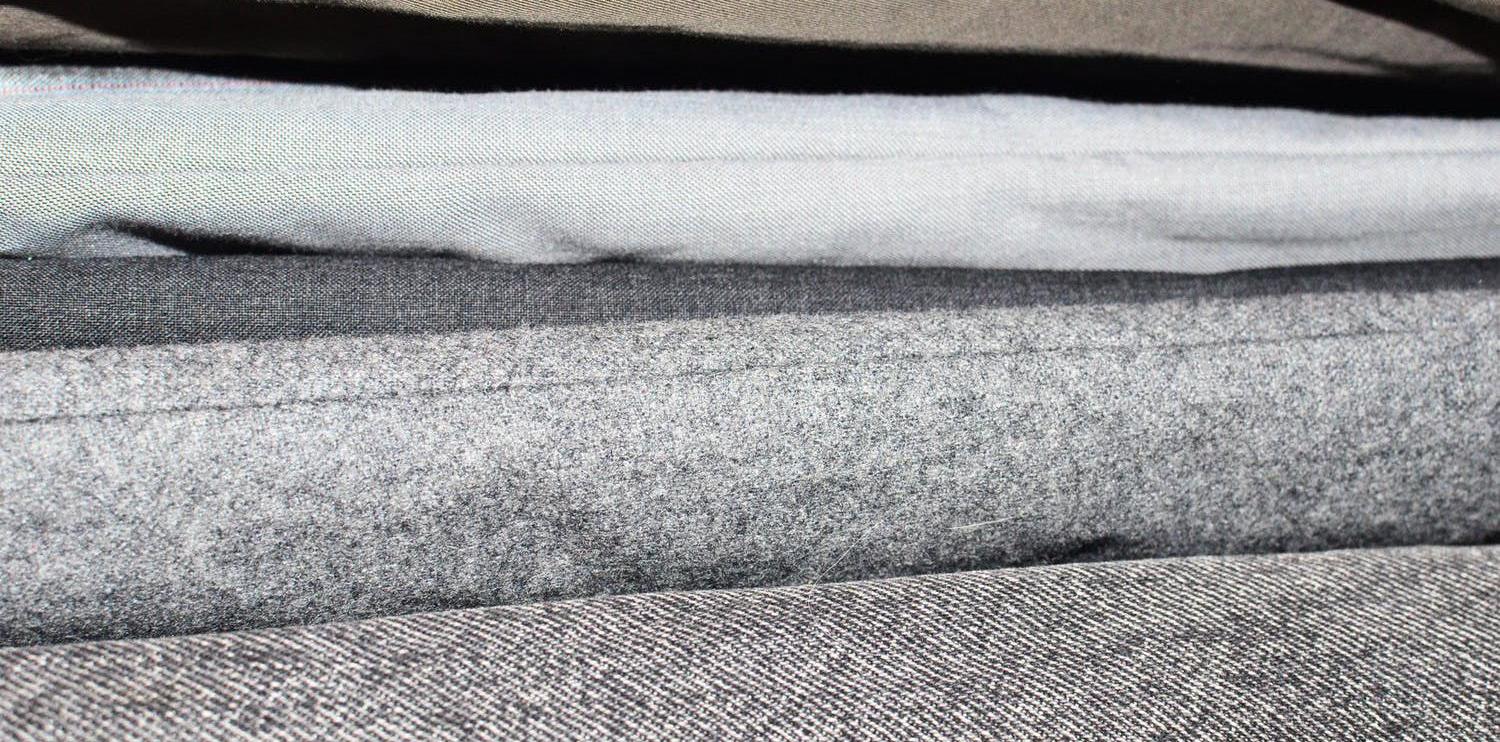
3 minute read
Is Sustainability Elitist?
sustainable T he fashion movement is largely focused on improving the environmental and socio-economic impact of fashion. This occurs across the fashion lifecycle, from the materials and transportation, to production processes and human rights.
Over the last decade, there has been a decline in the high street, with traditional British stores facing store closures, redundancies and bankruptcies, with Topshop being the most recent casualty. Meanwhile, the surge in demand for easily accessible and cheap fast fashion has allowed large online retailers such as Boohoo, Missguided and Pretty Little Thing to dominate the market. Social media is filled with influencers being paid to promote these fast-fashion brands to young audiences. 2020 has only exacerbated this trend, with the Covid-19 pandemic forcing stores to close for much of the year, whilst the demand for online fashion has risen exponentially. The Office for National Statistics reported that in November alone, online sales increased by 363%.
Advertisement

without physical stores, the clothing possibilities are almost unlimited, with many of these sites pumping out new designs weekly. This becomes an endless cycle, with the constant and increasing availability of low-quality fast fashion fuelling further demand.
Fast fashion has had a huge impact on the environment; it is the second largest carbon polluter worldwide, from the fabric production to transporting fashion from overseas. According to Greenpeace, up to 20,000 clothing items are dumped in UK landfills every ten minutes, with cheap synthetic fabrics, including polyester and nylon, taking up to 200 years to decompose.
It is also a socio-economic problem, with many bigname brands outsourcing production to factories in countries with cheap labour. Some of these factories have notoriously exploited their workers, including children, by underpaying them and forcing them to work long hours in unsanitary conditions.
One of the worst catastrophes in fashion history occurred in 2013, when 1134 people were killed in a garment factory collapse in Bangladesh – a factory producing clothes for companies like Mango, Matalan, Primark and Walmart. Since then, many companies have made a commitment to improve the conditions of workers in their supply chain, refusing to work with suppliers who do not pay their staff a living wage or provide suitable working conditions.
However, even as recently as 2020, a supplier for Boohoo (who also owns Pretty Little Thing and Nasty Gal), was exposed as paying some of their workers less than half of minimum wage in Leicester, and also breaching Covid-19 regulations such as social distancing and mask-wearing.
Evidently, the environmental and socio-economic impact of the fashion industry is huge. It is clearly better for the environment for consumers to pay more for better-quality, longer-lasting items, and fewer of them. Alternatively, newer sustainable companies are being established to cater for a consumer base increasingly interested in ethical clothing and manufacturing processes.
ut does sustainability come at a price? b Ethical practices, including sourcing quality materials and manufacturing processes are often expensive, resulting in increased prices for the consumer. This makes sustainable fashion inaccessible to some, which is counterproductive to the industry goal to encourage consumers to buy more sustainably. We should instead encourage people who can afford more expensive clothes to do so in an effort to move away from a culture of overconsumption and discarding items after a few wears, whilst not shaming people for buying reasonable amounts of fast fashion if it is the only option available to them. It is not necessarily the responsibility of ethical companies to reduce their profit margins further to cater for a cheaper audience, as it is impossible to compete with large fast-fashion companies making such huge profits on low prices. Whilst fast-fashion companies provide the valuable service of cheap, but fashionable clothing that caters to many sizes, some responsibility must be assigned to them for fuelling the demand for clothing overconsumption. It doesn’t have to be so excessive.
learly, the fashion industry as a whole is c extremely bad for the environment. It is appropriate to criticise large fast fashion companies for contributing hugely to environmental and socio-economic issues, and campaign for improvements. Furthermore, the excess of fast fashion fuels overconsumption habits and a wasteful culture, where clothes fall apart or are discarded after a few uses. It is certainly a good thing that sustainable companies exist and are promoting ethical practices. Nevertheless, it is important to acknowledge that sustainability and quality is expensive and not accessible to everyone. Whilst we should be aiming to become more sustainable, it is certainly a privilege to be able to do so.









